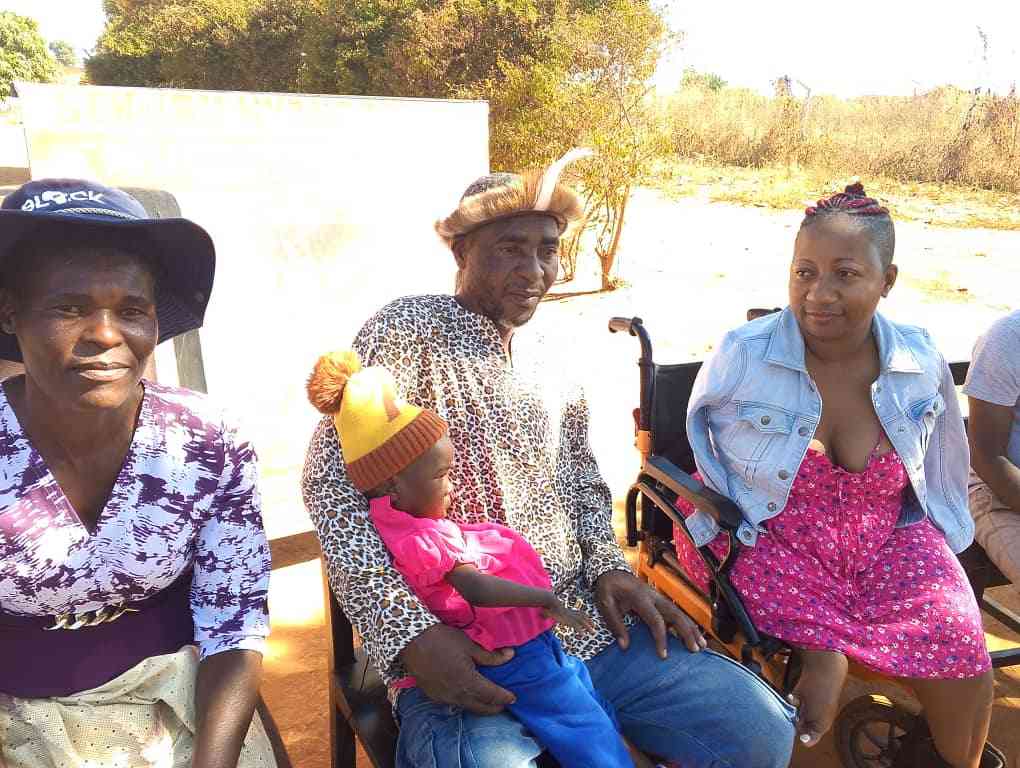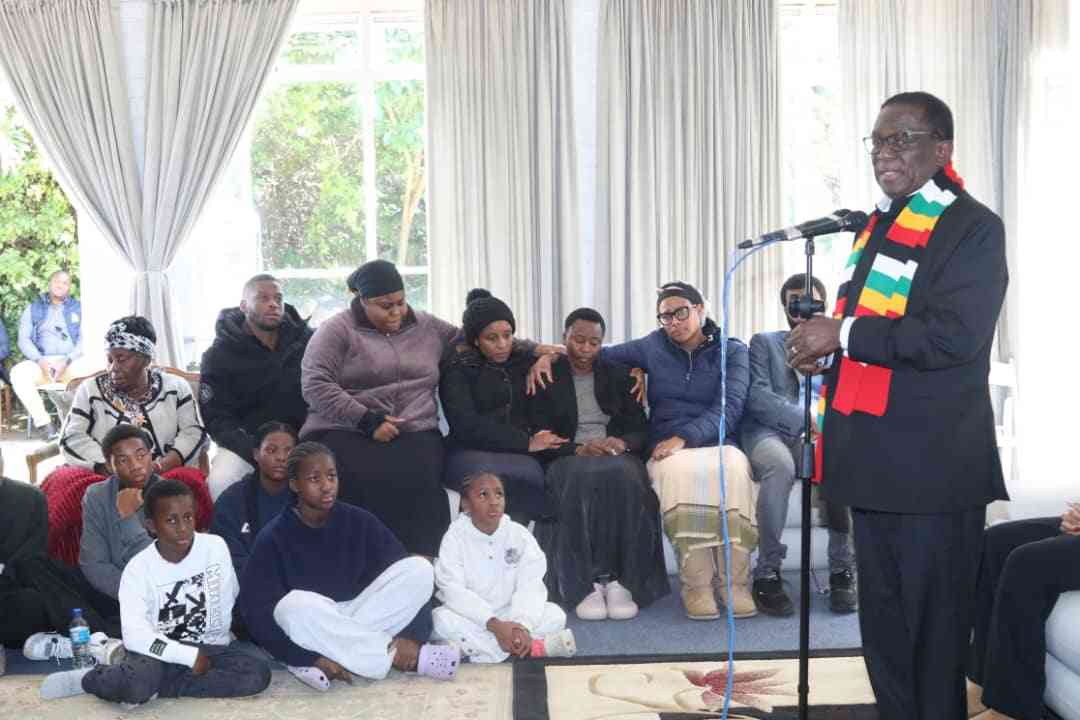
By Kennedy Nyavaya

Over a week ago, Budiriro 1 residents in Harare woke up to a bright mural depicting some of the country’s current crop of soccer stars, namely Khama Billiat, Knowedge Musona and goalie George Chigova.
Beautiful and refreshing, especially given the timeliness as the national team prepares for an appearance at this year’s Africa Cup of Nations (Afcon). Adding to the fun is the fact that there is a space where people get to write their solidarity wishes for the “Warriors”.
But, the unanswered question for many is: Who is responsible for this and why would they commit to stamping such a beauty in the humble ghetto [high-density suburbs] environs?
Caligraph, an artistic duo of Marcus Zvinavashe and Nyasha Jeche, are on a mission to flood the entire city with more colourful depictions of this nature while fulfilling their dream to make an immortal artistic statement.
“When we get a surface, it becomes a canvas and has its own audience that determines what is drawn on it, after that we get to tell a befitting story,” Jeche told Standard Style in an interview.
Taking a stroll in the central business district, all he and Zvinavashe see is one big but “idle” canvas waiting for that Midas touch their hands itch to deliver.
- Chamisa under fire over US$120K donation
- Mavhunga puts DeMbare into Chibuku quarterfinals
- Pension funds bet on Cabora Bassa oilfields
- Councils defy govt fire tender directive
Keep Reading
“The parkades [multi-storey car parks] in town have some nice spots and when you look up when taking a walk, the roof space is just idle space from uptown to downtown,” he said.
“Our wish is to be able to put something there and breathe life into these spaces.”
However, space is hard to come by particularly in the hyperactive city centre despite the many derelict and dull-coloured buildings which appear to be screaming for a facelift of sorts.
“We face a lot of red tape and that is how our initial plan has changed and now instead of beginning in town, we have to start in the ghetto where people are more receptive,” said Jeche, who yearns for a chance.
To him the lacklustre capital city is just “buildings, roads and a few trees” and this is not enough for the local government to achieve the ambitious target of attaining a world- class city status by 2025,
“As artistes we want to have an input to this [Harare City Council’s ambition],” says Zvinavashe.
“When looking at other major cities, you realise how art is intricately-linked within the architectural designs, so it is something, which is key for us.”
Indeed, most highly-rated cities around the world are inundated with graffiti and one cannot ignore the refreshing feeling that colour brings be it in Maboneng (Johannesburg, South Africa) or most parts of Berlin (Germany).
According to Zvinavashe the modern style also assists in uplifting the temperament for those passing by through “colour psychology”.
“Colour has a real impact on what you see so if you bump into dull colours it translates to your mood, but if you see so many colourful objects it livens up your spirit,” he said.
Given the hustle and bustle in the city as many hunt for their next meal, this art could be a timely antidote for many keen to ease the pressures of everyday life.
“Most of the people in the streets are somehow depressed because of the current economic and political situation, so our work is about giving up positive vibes, colours, words and images that can brighten up someone’s mood,” Jeche maintains.
Seemingly chasing after the wind, the artistes are convinced that their works will one day serve a great purpose.
Those who frequent the Highfield suburb can attest that the late Oliver Mtukudzi art work is a head turner while the Wall of Shame at Theatre in the Park possesses a uniquely striking look.
One would wonder if these two are getting enough financial benefit for their passionate efforts.
“Some of our work is commissioned and some pro bono, but getting money here is hard because people do not appreciate these things, so that is why we are saying we will start in the ghetto until we get here slowly until everyone sees its worth,” said Jeche, who acknowledged that it would “take years to change people’s conceptions.”
On the flip side, Zvinavashe reiterates that public misconceptions will not make them stop their work meant to trickle to other cities and towns across the country.
“We want to start here in Harare because this is the city we are based in, but the idea is to fill the entire country with colour despite the current position,” he said.
Their collective goal is to inspire appreciation of art within public spaces, teaching the next generation of artists and demystifying the negative reception of graffiti painting.
It will take time, but nonetheless baby steps like these are an anchor of what has the potential to revolutionising graffiti from dirty wall scribbling to valued positive messages of social change.
“We would love to see our streets bright with colour and positive messages,” said Jeche, while Zvinavashe nodded in agreement.











